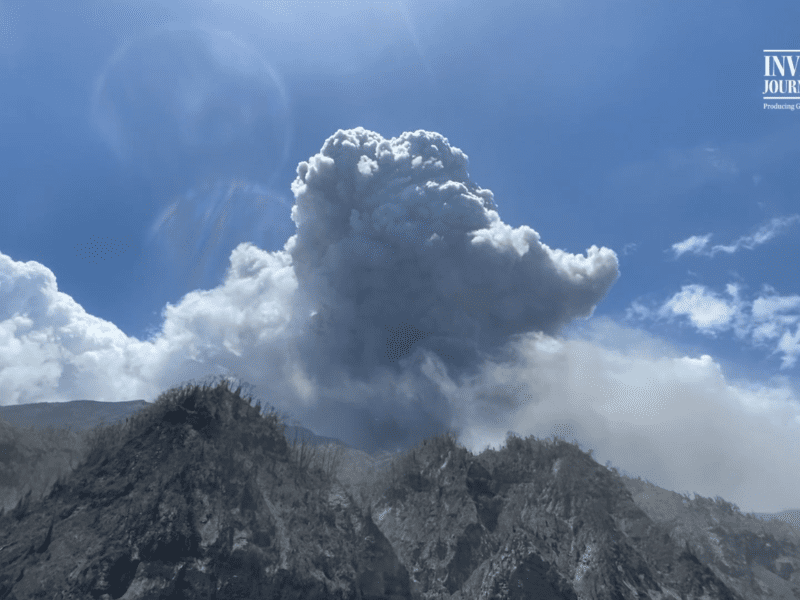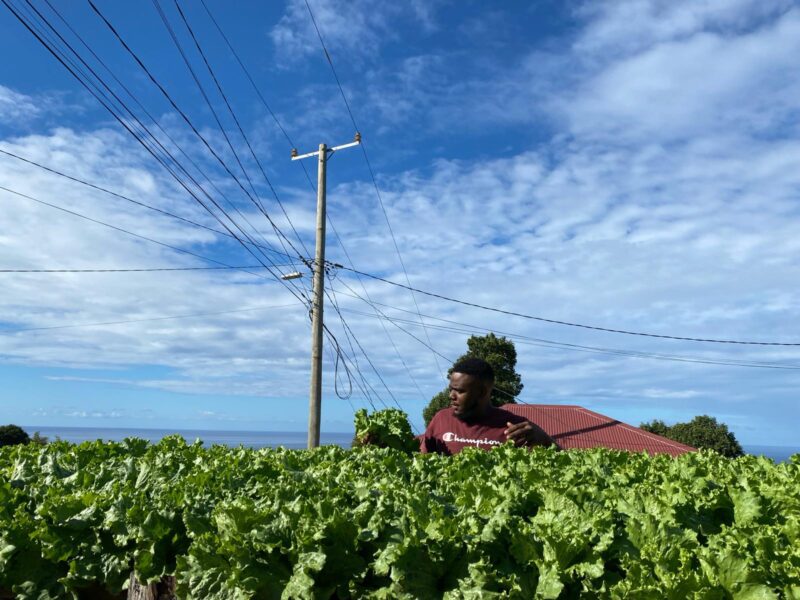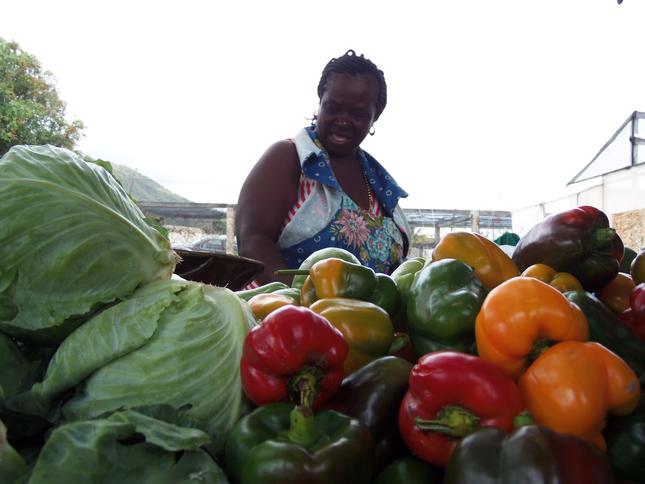Agriculture
Dominica Confronts Food Challenges Post Maria
|
After the devastation Hurricane Maria left behind on Dominica and the ensuing food shortages, officials and residents pledged not only to restore the island’s agricultural system but also to make it more self-reliant.
But since 2017 food imports have soared. The Eastern Caribbean Central Bank (ECCB) in its data report showed that over the last six years since the storm, Dominica has imported more food in each of those years. In 2017, the country imported US$40 million worth of food, since then the number has ballooned to US$56 million – with meat, cereals, fruits and vegetables accounting for a large percentage of the bill. https://youtu.be/Xz96xHNu39M
Erica Burnett Biscombe speaking on wanting to give up (Video by Laila Langford)
Hurricane Maria damaged or destroyed much of the agricultural infrastructure, including buildings, animal husbandry facilities, agricultural roads and croplands. In a preliminary report by the government of Dominica, the agriculture sector reported US$ 179.6M (EC$ 485M) in loss and damage, impacting all aspects of agricultural production from crops, infrastructure, equipment to croplands.
“Livestock damage includes 45 percent of cattle, 65 percent pigs and over 90 percent chickens with an estimated value of EC$ 8.68M (US$3.21M),” the government reported.
St Kitts and Nevis - Ripening Plans in the Agriculture Sector - Facing Food Security Challenges
|
Farmers in St. Kitts and Nevis are losing out on more than USD $66 Million (EC$180m) in revenue annually due to their limited knowledge and skills as entrepreneurs within the agriculture sector and it is driving up the food import bill. The dependency on imported foods to St. Kitts and Nevis – with a population of 53,000 – cost the country more than USD $74million last year. The time has come for farmers and vendors alike to be more business-orientated to ensure that they capitalize on the benefits to lower the import bill.



